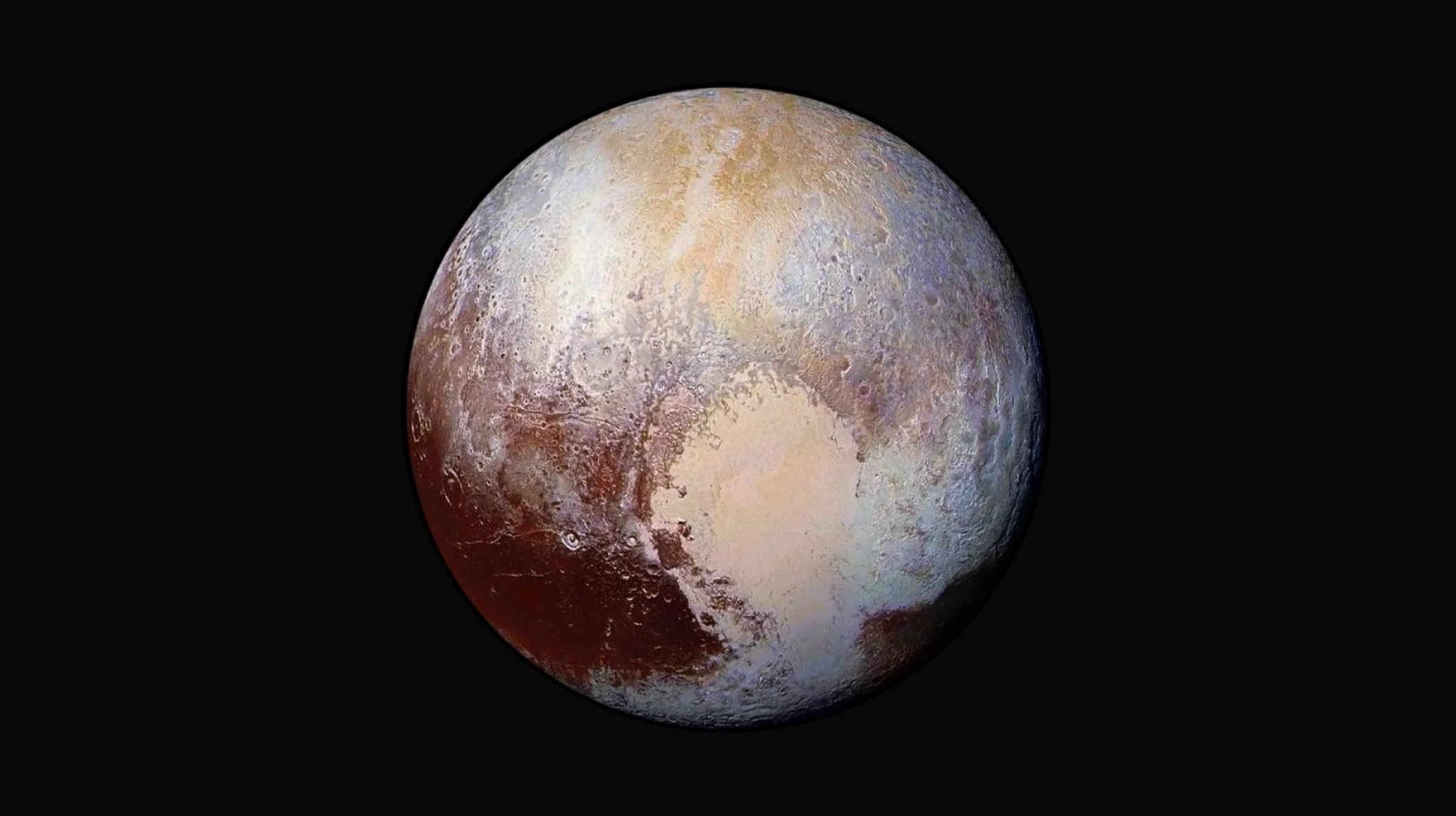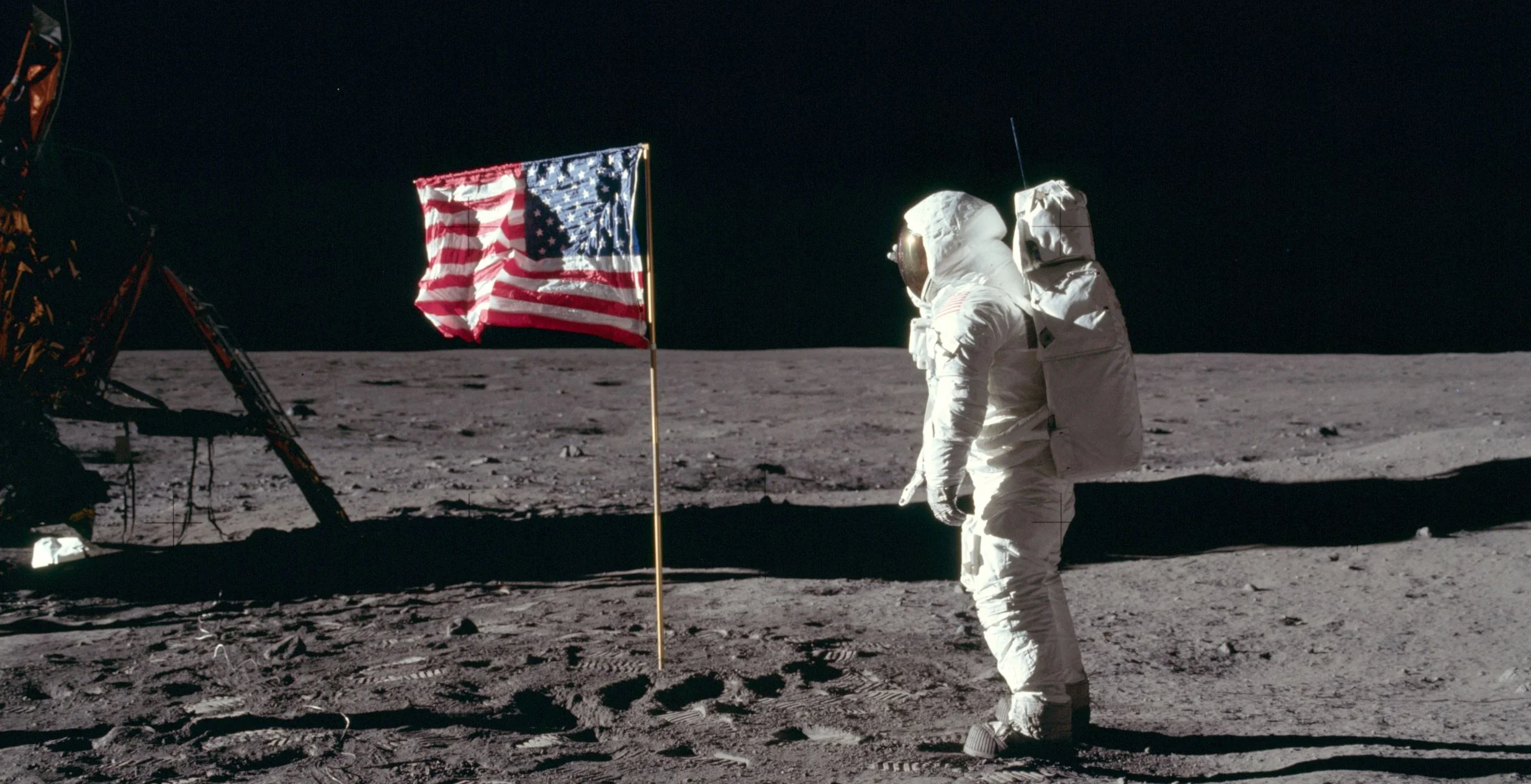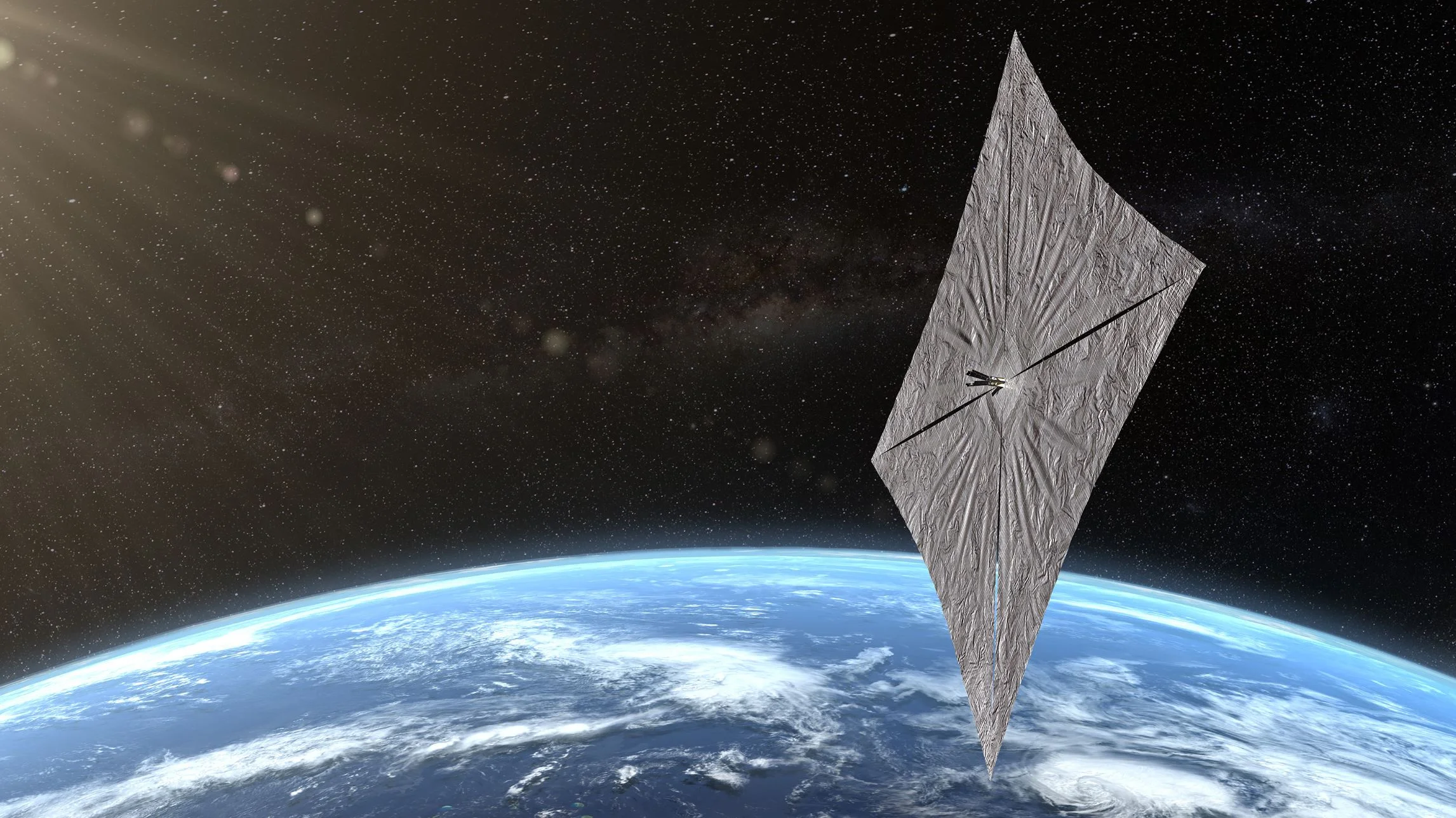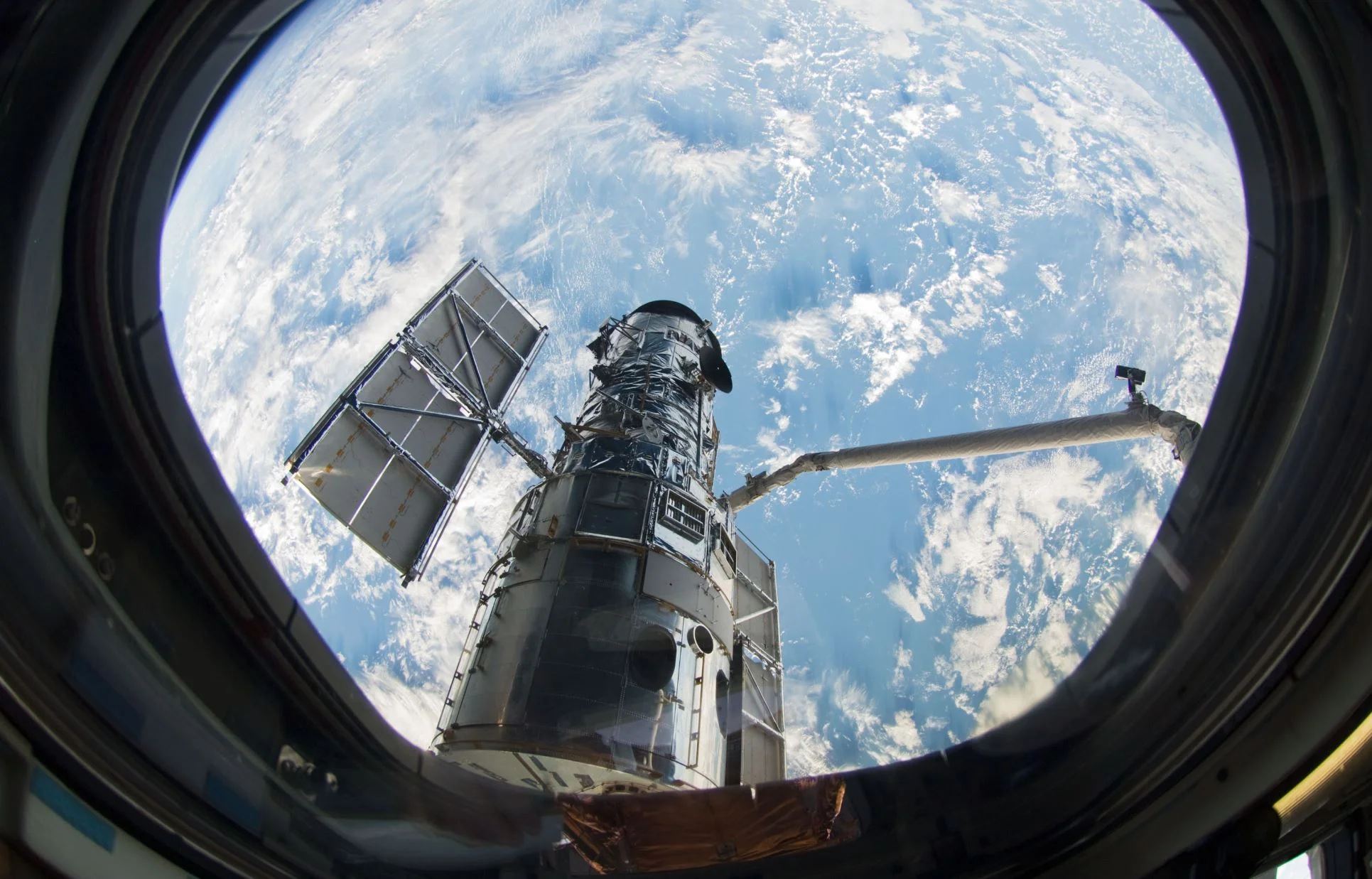An amazing discovery of several exoplanets with data from the Kepler space telescope
New layers of water ice have been found beneath Mars’ North Pole
One of the most profound similarities between Earth and Mars, one which makes it a popular target for research and exploration, is the presence of water ice on its surface (mainly in the form of its polar ice caps). But perhaps even more interesting is the presence of glaciers beneath the surface, which is something scientists have speculated about long before their presence was confirmed.
Theory proposes that Venus could have been habitable, but a large ocean slowed down its rotation, killing it
There’s no sense in sugar-coating it – Venus is a hellish place! It is the hottest planet in the Solar System, with atmospheric temperatures that are hot enough to melt lead. The air is also a toxic plume, composed predominantly of carbon dioxide and sulfuric acid rain clouds. And yet, scientists theorize that Venus was once a much different place, with a cooler atmosphere and liquid oceans on its surface.
Star formation in molecular clouds is fast but extremely inefficient
Star formation in molecular clouds occurs at a high pace but in an extremely inefficient manner. Most gas is quickly dispersed by the radiation from newborn stars. A team led by Dutch astronomer Diederik Kruijssen (University of Heidelberg, Germany) will publish this result tomorrow in the journal Nature.
An Insulating Layer of Gas Could Keep a Liquid Ocean Inside Pluto
Is Dark Matter Made of Axions? Black Holes May Reveal the Answer
Lunar gold rush is about to start – and we could exhaust the solar system in fewer than 500 years
The potential for resource and scientific exploitation on the moon is high. However, resources are not uniformly distributed. For example, water is going to be a much-valued commodity, given that it can be used for growing crops, to produce rocket fuel, provide air for breathing and, of course, be consumed directly by people.
NASA Invites Public to Help Asteroid Mission Choose Sample Site
Planetary Society’s Light Sail 2 is Set to Launch on a Falcon Heavy Rocket Next Month
NASA Prepares for Future Moon Exploration with International Undersea Crew
The Earth’s magnetic north pole is shifting rapidly – so what will happen to the northern lights?
Like most planets in our solar system, the Earth has its own magnetic field. Thanks to its largely molten iron core, our planet is in fact a bit like a bar magnet. It has a north and south magnetic pole, separate from the geographic poles, with a field connecting the two. This field protects our planet from radiation and is responsible for creating the northern and southern lights – spectacular events that are only visible near the magnetic poles.
Advanced Civilizations Could be Communicating with Neutrino Beams. Transmitted by Clouds of Satellites Around Neutron Stars or Black Holes
In 1960, famed theoretical physicist Freeman Dyson made a radical proposal. In a paper titled “Search for Artificial Stellar Sources of Infrared Radiation” he suggested that advanced extra-terrestrial intelligences (ETIs) could be found by looking for signs of artificial structures so large, they encompassed entire star systems (aka. megastructures). Since then, many scientists have come up with their own ideas for possible megastructures.
The moon is still geologically active, study suggests
We tend to think of the moon as the archetypal “dead” world. Not only is there no life, almost all its volcanic activity died out billions of years ago. Even the youngest lunar lava is old enough to have become scarred by numerous impact craters that have been collected over the aeons as cosmic debris crashed into the ground.
Small, hardy planets are most likely to survive death of their stars
The Birth of the Hunter
The constellation of Orion (The Hunter) is one of the most recognisable collections of stars in the night sky. We have noted Orion’s prominent stars for tens of thousands of years at least, and likely far longer. Chinese astronomers called it 参宿 or Shēn, literally “three stars”, for its three bright dots (which form the Hunter’s belt). The ancient Egyptians regarded it as the gods Sah and Sopdet, manifestations of Osiris and Isis, respectively, whereas Greek astronomers saw a brave hunter — the eponymous Orion — with his sword above his head, ready to strike.
Wandering Earth: rocket scientist explains how we could move our planet!
The irregular galaxy NGC 4485 shows all the signs of having been involved in a hit-and-run accident with a bypassing galaxy
NASA Awards $106 Million to US Small Businesses for Technology Development
Managing pilotless aircraft and solar panels that could help humans live on the Moon and Mars are among the technologies NASA is looking to develop with small business awards totaling $106 million. In all, NASA has selected 142 proposals from 129 U.S. small businesses from 28 states and the District of Columbia to receive Phase II contracts as part the agency's Small Business Innovation Research (SBIR) program.
Shrinking Moon May Be Generating Moonquakes
The Moon is shrinking as its interior cools, getting more than about 150 feet (50 meters) skinnier over the last several hundred million years. Just as a grape wrinkles as it shrinks down to a raisin, the Moon gets wrinkles as it shrinks. Unlike the flexible skin on a grape, the Moon’s surface crust is brittle, so it breaks as the Moon shrinks, forming “thrust faults” where one section of crust is pushed up over a neighboring part.
10 Years Ago, Hubble’s Final Servicing Mission Made It Better Than Ever
Astronaut Mike Massimino floated next to the Hubble Space Telescope’s cylindrical body and began to remove the screws that fastened a handrail to one of the telescope’s instrument panels. The first three screws came out easily, but when he put his power tool to the final screw, the bit began to spin.


















